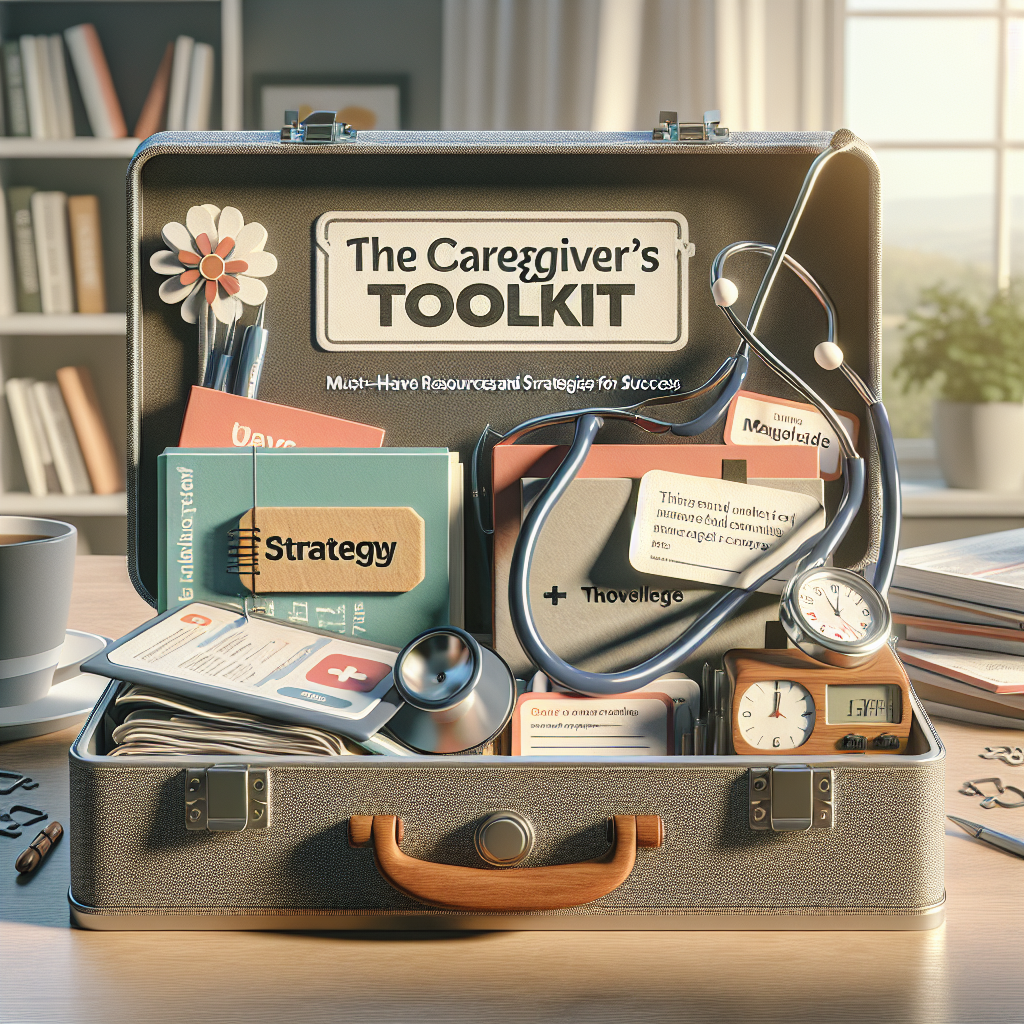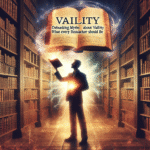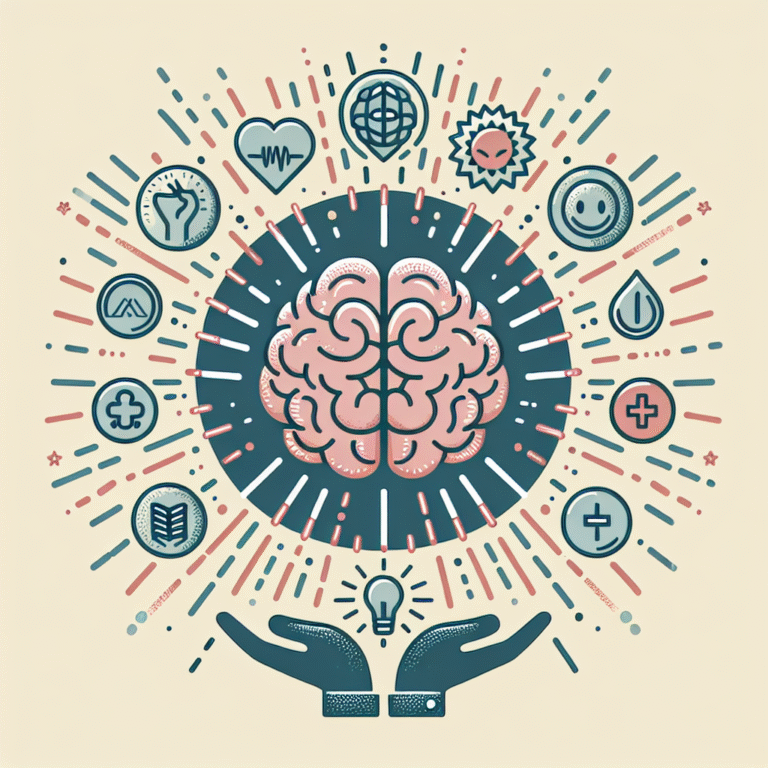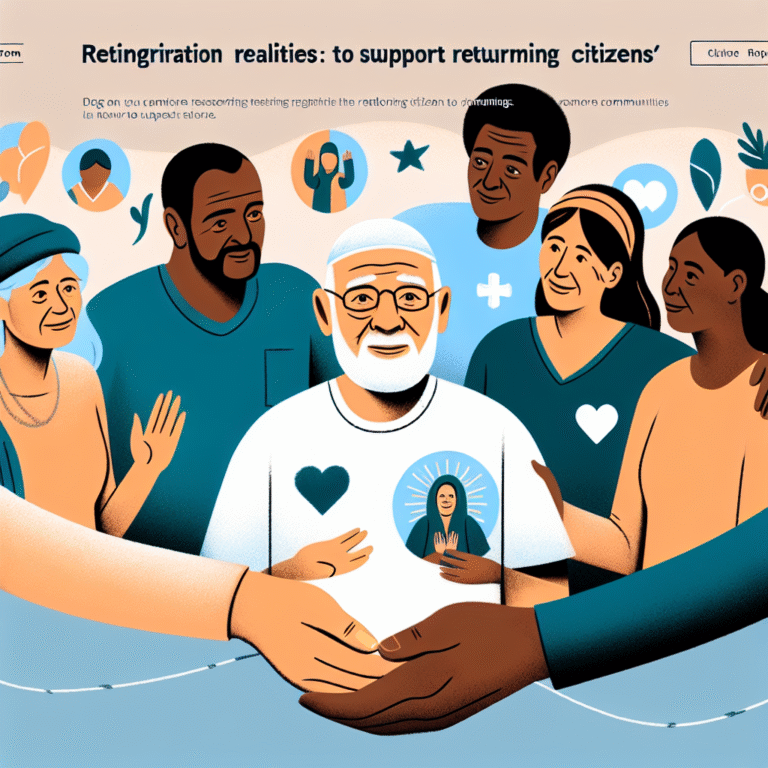
In a world where the aging population is rapidly increasing and healthcare needs are becoming more complex, caregiving has evolved into a role that encompasses a myriad of responsibilities. Whether you are a family member stepping into the caregiver role or a professional, having a comprehensive toolkit can make all the difference. The Caregiver’s Toolkit: Must-Have Resources and Strategies for Success is designed to equip you with the vital information needed to provide the best care possible while also taking care of yourself.
Introduction: The Heart of Caregiving
Caregiving is a journey filled with unique challenges and profound rewards. It’s not just about providing physical assistance; it’s about emotional support, relationship building, and advocacy. Every caregiver needs resources and strategies to navigate this path effectively. This article delves deep into The Caregiver’s Toolkit: Must-Have Resources and Strategies for Success, offering practical insights that can transform your caregiving experience.
Understanding the Caregiver Role
Before diving into the toolkit, it’s crucial to define what caregiving entails. A caregiver may provide support to someone suffering from a chronic illness, disability, or age-related issues. This role can encompass meal preparation, medication management, companionship, and even financial management. Understanding your responsibilities is the first step toward effective caregiving.
Common Types of Caregivers
-
Family Caregivers: Often, family members assume the caregiving role out of love and obligation. They might not have formal training but rely on their instincts and experience.
-
Professional Caregivers: These individuals, often certified, work for agencies or independently to provide care. They bring expertise and a structured approach to caregiving.
- Volunteer Caregivers: Nonprofits often enlist volunteers to provide support, whether through visiting the elderly or offering companionship.
Each type of caregiver faces unique challenges and benefits, emphasizing the need for a well-rounded toolkit.
The Essential Resources of The Caregiver’s Toolkit
-
Educational Materials
- Books and Guides: Reading about caregiving principles can offer perspective. Titles like "The Caregiver’s Survival Handbook" provide insights into effective strategies.
- Online Courses: Websites like Coursera or Udemy offer courses on caregiving skills, including medication management and communication techniques.
-
Support Networks
- Local Support Groups: Engaging with peers can alleviate feelings of isolation. Websites like AgingCare.com can help locate local groups.
- Online Forums: Platforms such as Reddit and Facebook groups offer spaces where caregivers can share experiences and advice.
-
Health Management Tools
- Medication Management Apps: Applications like Pillboxie and Medisafe help in tracking medication schedules.
- Health Monitoring Devices: Tools like Fitbits can monitor physical activity and vital signs, giving caregivers essential data.
- Financial and Legal Resources
- Financial Planning Tools: Websites like AARP offer resources on budgeting for caregiving expenses, including long-term care insurance.
- Legal Guidance: Understanding power of attorney and healthcare proxies is crucial; organizations like Nolo provide clear information.
Case Study: A Family Caregiver’s Journey
Consider Mary, a family caregiver for her elderly mother diagnosed with dementia. Initially overwhelmed, she turned to resources within The Caregiver’s Toolkit: Must-Have Resources and Strategies for Success. By joining a local support group, Mary found essential respite and shared strategies. She also utilized a medication management app to track her mother’s prescriptions, leading to fewer medication errors and a smoother daily routine.
Analysis
Mary’s story exemplifies the power of appropriate resources. Engaging with community support transformed her experience from isolation to connection, and organizational tools significantly improved her caregiving efficiency.
Strategies for Success in Caregiving
Remember, the right tools are only effective with the right strategies. Here are key strategies that complement The Caregiver’s Toolkit: Must-Have Resources and Strategies for Success.
1. Establish Clear Communication
Establishing open lines of communication with both the care recipient and other family members is essential. Consider:
- In-Person Meetings: Regular family discussions to align on care responsibilities.
- Digital Communication: Utilize apps like GroupMe to share updates effortlessly.
2. Set Boundaries
Healthy boundaries are vital to prevent burnout. Define your limitations regarding:
- Physical Assistance: Know when to seek outside help.
- Emotional Availability: Recognize your emotional capacity and communicate this to family members.
3. Prioritize Self-Care
Self-care isn’t selfish; it’s a necessity for effective caregiving. Incorporate activities that rejuvenate you, whether it’s:
- Regular Exercise: Engage in physical activities like yoga or walking.
- Mental Breaks: Schedule "me time" to unwind and recharge.
Case Study: Professional Caregiver’s Approach
“John,” a professional caregiver, utilized The Caregiver’s Toolkit: Must-Have Resources and Strategies for Success by implementing a self-care routine. After noting that overstress impacted his performance with clients, John scheduled daily exercise, utilized stress-relief techniques, and maintained a clear communication line with his co-workers. As a result, his job satisfaction improved significantly, leading to better outcomes for the clients he served.
Analysis
John’s story illustrates how self-care and structured communication strategies enhanced not only his wellbeing but also the quality of care provided to his clients.
Creating a Personalized Caregiver’s Toolkit
Step-By-Step Guide
Step 1: Assess Needs
Identify the specific needs of the person you are caring for. Create a list of daily tasks that need to be managed, such as:
- Meal preparation
- Medication management
- Transportation needs
Step 2: Research Tools
Use The Caregiver’s Toolkit: Must-Have Resources and Strategies for Success as a guide to find appropriate tools tailored to those needs.
Step 3: Setup a Routine
Develop a structured daily and weekly schedule to stay organized. Use calendars or apps to include reminders and important events.
Step 4: Network with Other Caregivers
Join local or online caregiving groups to share advice and experiences. Collaboration can help diversify your resource base.
Conclusion: Empowering Your Caregiving Journey
Caregiving is a noble yet challenging role. By utilizing The Caregiver’s Toolkit: Must-Have Resources and Strategies for Success, you can navigate this journey with confidence and resilience. Whether it’s prioritizing your mental health, establishing a solid support network, or using technology to enhance care, the right tools and strategies set you up for success.
FAQs
-
What should I include in my caregiver toolkit?
- Essential resources include educational materials, support networks, health management tools, and financial and legal insights.
-
How do I deal with caregiver burnout?
- Prioritize self-care, set boundaries, and make use of support groups for emotional relief.
-
Are there apps specifically designed for caregivers?
- Yes, apps like CareZone and Medisafe offer various features tailored to caregivers’ needs.
-
How can I ensure effective communication with my care recipient?
- Foster open dialogue through regular check-ins, and use technology to share updates easily.
- What are the first steps to take when becoming a caregiver?
- Educate yourself about the specific needs of the person you’ll be caring for, reach out for support, and build a customized toolkit.
In the end, remember to approach caregiving as a journey, not a destination. Equip yourself with the right resources and strategies, and soar to new heights of success in your caregiving mission.


















